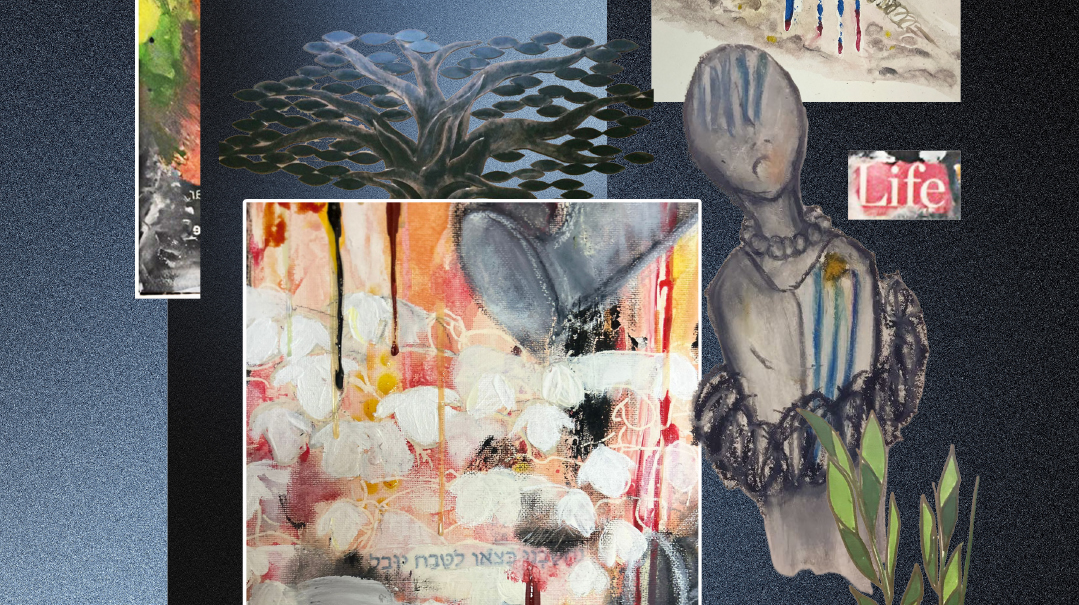Meet…Michelle Margolis
| August 8, 2023Librarian Michelle Margolis believes that everyone can love history...if they just know where to look.

Always a Booklover
I joke that I became a librarian because I was bad at math, but truth is, I’ve always loved books. After seminary, I studied history at a local university, and for pocket money I looked for a job at the college library. I walked into the Special Collections Department and said, “I like old books — can I work here?” That’s how I landed my first library job.
While I enjoyed the work, I wasn’t connecting with the books on a deep level because they didn’t speak to me personally. My boss encouraged me to earn a library degree and find a job at an academic library with Jewish books. Her advice led me to a summer internship at Baltimore Hebrew University (an institution that no longer exists). My job there was to sort through books that BHU had received through the Jewish Cultural Reconstruction project (JCR).
Touching History
After World War II, the US Army discovered warehouses filled with books that had been confiscated by the Nazis, yemach shemam, and the JCR was later established to return the books to their former owners. But millions of these former book owners were no longer among the living, so the JCR sent the books to libraries servicing Jewish communities, mostly in the US and Israel.
As I sorted through these books, I realized I was touching history. Among the collection was one book from the 1700s. Not only had someone written personal notes in the margins while learning, but it had the stamp of a yeshivah, as well as a stamp from the Nazi archives.
From all these clues, I imagined this book’s trajectory: First, it was brought to a yeshivah and surrounded by the beautiful cacophony of men learning. Then came the menacing sound of boots, and the book was grabbed, thrown unceremoniously on a pile, stamped, stored away, and forgotten. A few years passed until, finally, the rumbling of tanks ushered in the sweet sounds of liberation. The book was picked up, brushed off, and shipped to a friendlier, safer environment. Finally, it ended up in my hands, a young woman with a Bais Yaakov education, a continuation of the chain that our enemies tried and failed to break.
I get chills every time I relive that memory. There I was, with a degree in history, trying to figure out what to do with my life, and suddenly there was no question about my future: I needed to work in a library with Jewish books, and to delve into the forgotten stories of our nation’s past.
Detective Work
I was able to earn a master’s in Jewish studies from NYU while simultaneously getting my library degree from Long Island University, with a certification in rare books and manuscripts. As I was nearing graduation, I attended a life-changing workshop held at the University of Pennsylvania. It focused on “paratexts” — in old books, this refers to texts outside of the main text, such as title pages, haskamos, annotations, bindings, and any stamps that might tell you about where the book has traveled.
Oops! We could not locate your form.







